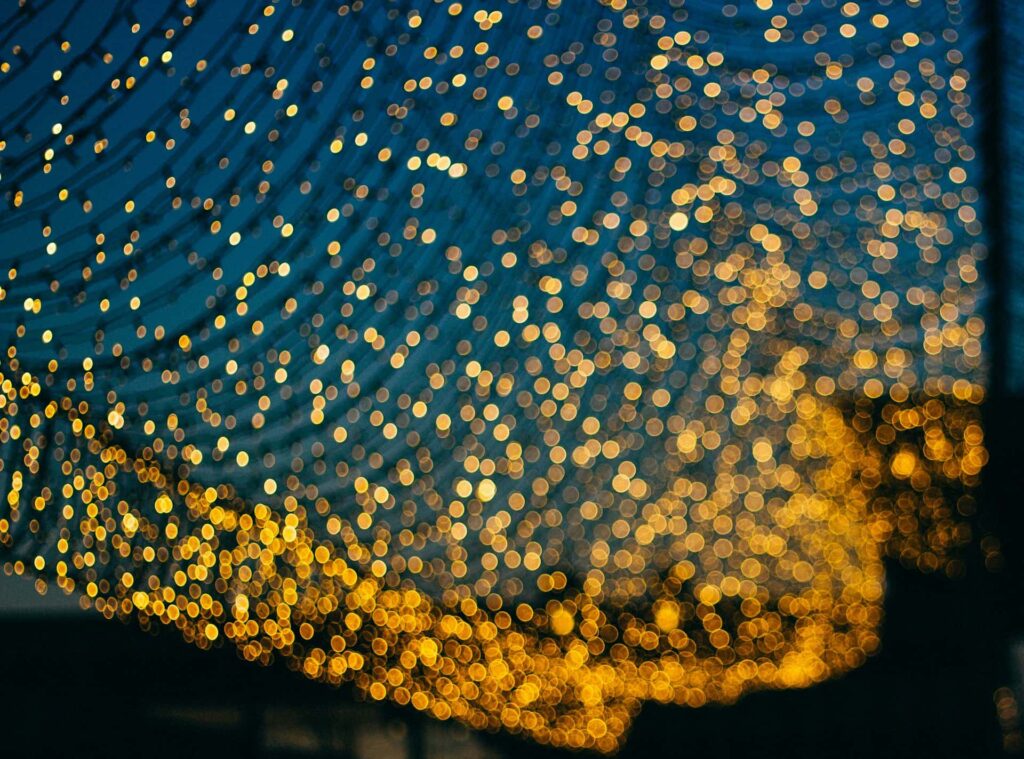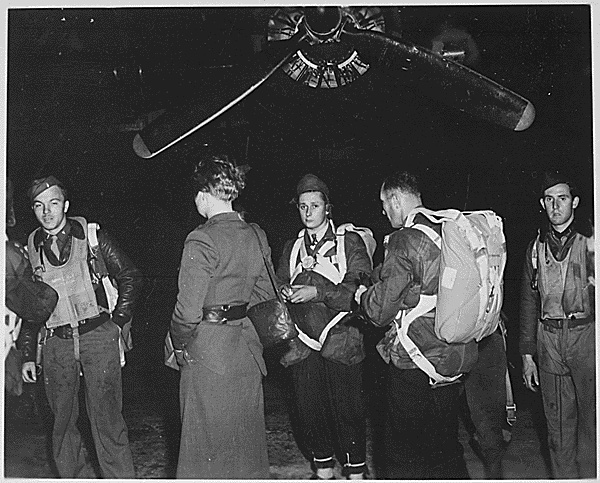I hate how pigeons get stuff stuck on their feet. I see this problem in New York all the time, and it exists in cities around the world. It does not obsess me—I don’t believe that people should become obsessed by things, in general—but, whenever I see it, it pains me. City pigeons have other foot problems, too. They get burns from landing on hot lighted signs, and injuries from close calls with vehicles and predators, and abrasions from jagged concrete, and diseases like bumblefoot, a bacterial infection that can cause their toes to curl up and fall off. Humans wear shoes, dogs sometimes sport booties on salt-covered winter sidewalks, N.Y.P.D. farriers replace the police horses’ shoes every four to six weeks, some pet stores even sell foot coverings for cats (which cats despise), but pigeons deal with the feet-unfriendly city barefoot.
The law intersects with pigeons at the legs. Officially, street pigeons are not vermin, like rats, another species of barefoot city dweller, with which they are often unfairly lumped. You can do anything you want to New York’s rats, but you need a license to trap pigeons. If a pigeon belongs to somebody, the owner puts a band on the pigeon’s tarsus (the lower leg, just above the foot) to claim and identify it. Stricter laws dictate what is lawful and unlawful to do to a banded pigeon; it falls under society’s extra protections, like any banded bird, or like a dog with a collar. But I have never seen a banded pigeon on the street. The pigeons standing in public spaces and flying around in transit terminals and other wide-open structures are like wild creatures living outside the law.
I came by my non-obsession years ago, when I was taking plastic bags out of trees with my friends Bill and Tim McClelland. Tim and I had invented a device we called the bag snagger (U.S. Patent No. 5,566,538), which consists of three short spokelike metal posts on a central axis made of a larger metal piece ending in a sicklelike cutting blade. By inveigling the plastic bag with the spokes in a twisting motion, we could hold it for the curved blade to cut free when pulled downward. The snagger fit into the end of an eight-foot-long fibreglass window-washing pole, which fit into a six-foot pole, which fit into another six-foot pole, and so on, making a wobbly arm that could reach thirty feet or more.
New York: A Centenary Issue
Subscribers get full access. Read the issue »
Covers by Christoph Niemann
One afternoon, we were taking bags out of trees in Collect Pond Park, which is on Centre Street, in the downtown complex of court buildings. Collect Pond was where many city residents used to get their water before 1842, when the original Croton Aqueduct started bringing upstate water to the city. The pond’s seepage was a source of cholera outbreaks, and a certain unidentifiable gloom still hangs around the park that is on the site now.
In one of the trees, high up, wings outspread, hung a pigeon. Squinting up at it, we saw that its feet were ensnared in debris, possibly a piece of ribbon from a party balloon. The debris was also entangled with the branch. Evidently, the pigeon had got its feet stuck there and starved to death. The scene looked grisly, and we set about to cut the pigeon down and give it a requiescat in a nearby trash barrel. As soon as the pole and snagger got within ten feet of the corpse, the whole park came alive. Pigeons that had been perched in trees or walking on the pavement suddenly swooped high into the air and wheeled and banked and swerved around their dead companion with the unanimity of synchronized swimmers. They made their understated cries mournfully, insistently. Operating the pole that high up is hard enough without birds flying all around it, so we brought it down. I had never thought that pigeons cared about other pigeons. Male and female pigeons pair up for life, so maybe one of the wheeling birds was the dead one’s mate. Seeing how upset the birds were, I grasped how hard watching their companion’s slow death must have been.
Like us, and like most birds, pigeons have one right foot and one left foot. Each pigeon foot has three toes in front and one behind, in a configuration like that of the straight lines in the peace sign—fittingly, because the pigeon has been used as a symbol of peace. The pigeon’s hind toe, also called the hallux, has two bones, or phalanges. The second toe (the first of the three front toes) has three phalanges; the third, or middle, toe has four phalanges; and the fourth, or outer, toe has five phalanges. Each toe ends in a claw that can bend upward if you gently lift it. All four toes are on the same plane and form a solid base for the leg. Individuals with foot problems often pull the disabled foot up next to their bodies and stand securely on the healthy foot.
Pigeons can fly at speeds of fifty miles an hour or more, as can be observed on city streets when they fly faster than the traffic. When you’re in an elevated subway, you might see them flying next to the windows briefly before they pass the train. In flight, they hold their feet close to the tail or under the belly. Pigeons are also good runners and walkers. Homing pigeons, which are trained to return to their roosts from great distances, sometimes get injured, and, if they can’t fly, have been known to spend days or weeks walking home.
A pigeon is basically the same as a dove. The two types of bird are “too similar in structure and behavior to provide a scientific foundation for their separation,” according to one expert. The pigeons in the park and the white doves released during outdoor ceremonies are two species of the family Columbidae. Street pigeons are a variety of the species Columba livia, the rock pigeon—so called because in the true wild it lives on sea cliffs and canyon walls. As a word, “dove” sounds better than “pigeon.” Doves, pigeons, and other varieties of Columbidae are able to fly straight up from a standing start, and to volplane, or dive straight down. That may be why the dove became a symbol for the Holy Spirit. John the Baptist, describing how he first knew that Jesus was the Messiah, said, “I saw the Spirit descending from Heaven like a dove, and it abode upon him.” That sentence sounds different if you substitute “pigeon” for “dove.”
C. livia’s brisk reproductive cycle is ideal for producing new strains. For hundreds of years, people have been breeding varieties with special qualities or abilities. (A breed called Tumblers do somersaults in flight and sometimes on the ground; Pouters can inflate a pouch on their throat to about twice its original size; Cumulets are high fliers whose flocks resemble cumulus clouds; Nuns are black-and-white; Runts, weirdly, are huge; Fantails display their multi-feathered tails like turkeys or peacocks.) Exotic varieties will die off or will revert to ordinary street pigeons in several generations if humans get bored with them and stop rebreeding them.
Charles Darwin was a pigeon fancier, and his experiences with breeding and raising them helped inspire the theories in “On the Origin of Species.” He paid close attention to their feet. The reptilelike skin on a pigeon’s lower legs and feet is formed into scales, which he called scutellae. These are not like fish scales but resemble medium-sized beads on a string. Darwin examined the feet of different species and breeds, scutella by scutella. (The word derives from scutum, Latin for “shield.”) He found that one breed had only eight scutellae on the hind toe but sixteen on the middle toe, and another had twelve scutellae on the middle toe and five on the hind toe. Certain breeds with feathered feet had slightly webbed toes. Details like these encouraged him in his speculations about evolution within species.
Most varieties of C. livia have feet that are coral-reddish, shading to pink. The color makes the feet look possibly sore even when there’s nothing wrong with them. Scientists do not tell us that after the flood, when the ark had come to rest atop Ararat, Noah sent out a dove, and it returned with red mud on its feet, indicating to Noah that the waters had receded, so Noah asked God to make the feet of these birds red from that day on, and God did. This is a traditional prescientific explanation for the color of pigeon feet.
Pat McCarthy, a rangy, affable young visual artist who lives near the Halsey Avenue stop on the J train, in Bushwick, Brooklyn, keeps about a hundred pigeons on the roof of his building during the winter. (In warmer weather, he moves them to the Catskills, where he has a farm.) One afternoon, he led me up a steel ladder from the building’s fire escape and over a patch of ice to the coop, where the birds were kind of burbling, like gently percolating coffee. He opened the door and took out an adult pigeon and showed it to me. It sat peaceably in his hand as he spread its feet between his fingers. The foot felt soft, like my grandmother’s hands when I was seven. McCarthy and I had been talking about “string-foot”—the common problem of pigeons getting string, threads, human hair, etc., wrapped around their feet and legs. “I think this is the key to it, right here,” McCarthy said, running a fingernail along the thin lines between the scales. “The thread, or whatever, gets itself into these little indentations, and then it catches and winds tight and won’t come out.”
Premium IPTV Experience with line4k
Experience the ultimate entertainment with our premium IPTV service. Watch your favorite channels, movies, and sports events in stunning 4K quality. Enjoy seamless streaming with zero buffering and access to over 10,000+ channels worldwide.
















